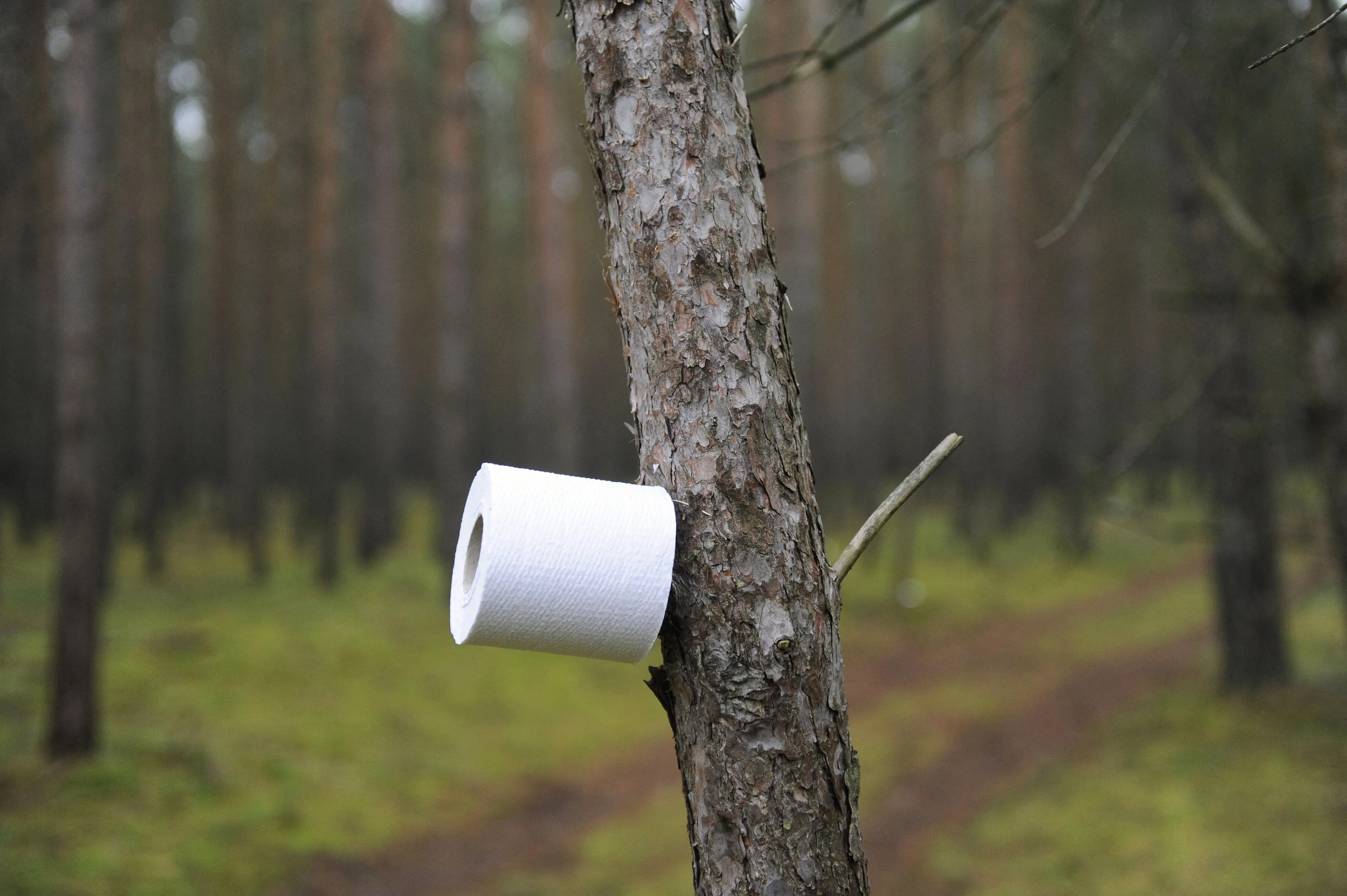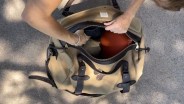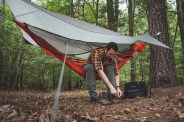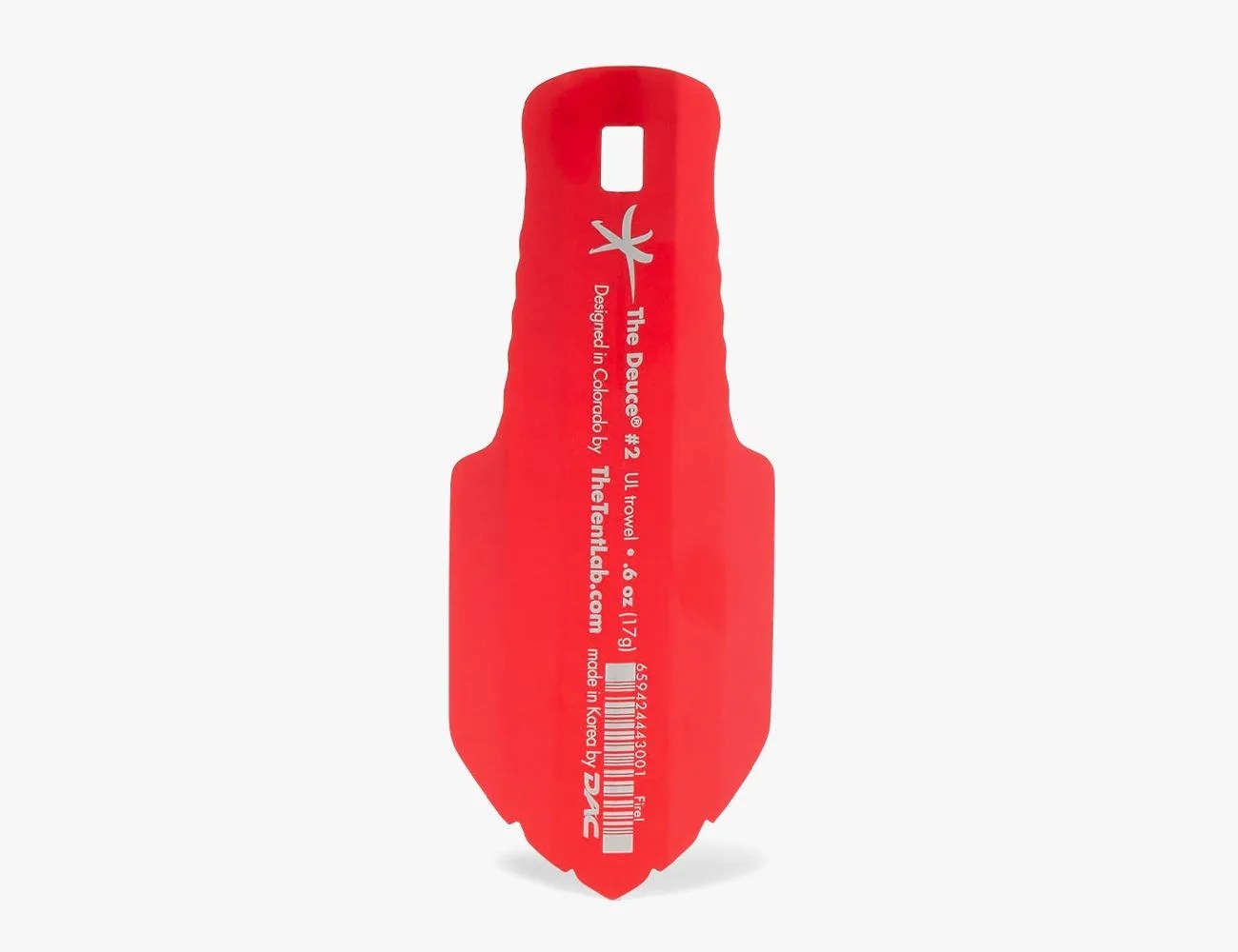Years ago, before becoming a full-time journalist, I worked as a wilderness instructor leading trips for teenagers that emphasized leadership, service and education while promoting a healthy dose of adventure. Many of my students came from well-off urban families — a select few were sheltered to the point where eating cooked chicken straight from the bone was cause for wide-eyed alarm.
That was why, after suggesting to a student that he wander up a hill with a machete, dig a hole and poop in it while camping at 14,000 feet on a five-day backpacking trip in Ecuador, I was not surprised to receive only frantic silence as a response. I quickly showed him how to dig a properly sized cathole, handed him the hand sanitizer and sent him on his mission, up through the tussock.
I was also not surprised when he returned, thrilled, grinning. Going to the bathroom in the backcountry is not weird, it’s not dirty — it’s a physiological necessity and an easy-to-master skill.
To find out the nuances of mastering this skill, and how to do it with the lowest environmental impact possible, we spoke with Ben Lawhon, education director at Leave No Trace. Lawhon is an expert, having spent more than 1,000 nights in the backcountry (that’s almost three full years), and emphasizes that there are four primary objectives to proper disposal of human waste. The first three objectives are to minimize the chances of polluting water sources, minimize the spread of disease and minimize social impacts. The fourth is to maximize the decomposition rate of the waste. “If you can try to accomplish as many as possible,” says Lawhon, “whether it’s one or four, that’s the goal.”
Those objectives are easily accomplished, but Lawhon says there’s still pushback. “You get this question people ask, ‘Well how come animals can poop outside and we can’t?’ But animals aren’t taking Viagra and St. John’s Wort and eating McDonald’s,” says Lawhon. The byproducts of those things can leech into water, affect wildlife and impact places used for hiking, hunting and camping.
When executed properly, the action can be liberating — especially when accompanied by a view of a sweeping mountain panorama — but if performed incorrectly, a nasty mess is left for others to stumble upon while attempting to enjoy the wilderness. Yes, there is a right way to shit in the woods.





